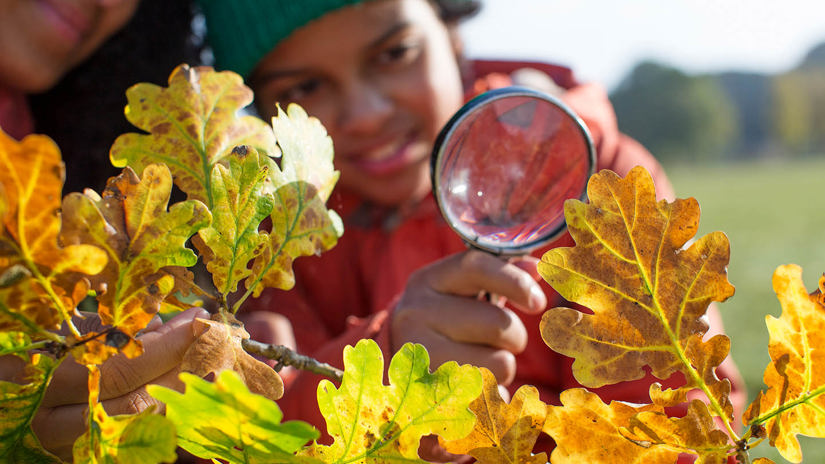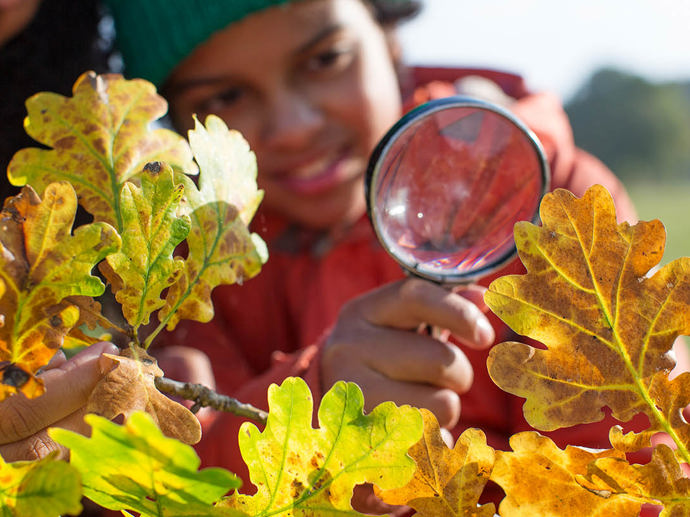Common names: blackthorn, sloe
Scientific name: Prunus spinosa
Family: Rosaceae
Origin: native
Early to blossom, blackthorn trees have clouds of snow-white flowers in early spring. They’re best known for their rich, inky, dark fruits used to make a favourite wintry tipple – sloe gin.
Common names: blackthorn, sloe
Scientific name: Prunus spinosa
Family: Rosaceae
Origin: native
Spiny and densely branched, mature trees can grow to a height of around 6–7m and live for up to 100 years. The dark brown bark is smooth, and twigs form straight side shoots which develop into thorns.
Look out for: a spiny, shrubby tree with black-purple twigs and small, narrow leaves.
Identified in winter by: the twigs which are black and spiny with leaf buds along the spines

Credit: Nature Photographers Ltd / WTML
Slightly wrinkled, oval, toothed, pointed at the tip and tapered at the base.

Credit: Nick Spurling / WTML
Blackthorn is a hermaphrodite, meaning both male and female reproductive parts are found in one flower. White flowers appear on short stalks before the leaves in March and April, either singularly or in pairs.

Credit: Ben Lee / WTML
After pollination by insects, the flowers develop into blue-black fruits measuring 1cm across.
Hawthorn (Crataegus monogyna), when without leaves. The flowers of blackthorn appear before the leaves, and the spines have buds along their length, while on the hawthorn flowers emerge from the same point as the buds.
Cherry plum (Prunus cerasifera). The main differences between blackthorn and cherry plum are thorns, flowering times and hairiness. Cherry plum tends to grow without thorns, flower at the same time as leaves emerge, and have hairless twigs.


External link
Have you noticed buds bursting into leaf or fruit ripening in the hedgerows? Tell us what's happening to the trees around you and help scientists track the effects of climate change on wildlife.
Blackthorn wood has been used to make walking and riding sticks, and was the traditional wood for Irish shillelaghs.
Blackthorn is native to Europe and western Asia. It can also be found in New Zealand and eastern North America. It grows best in moist, well-drained soil and thrives in full sunlight.
The tree grows naturally in scrub, copses and woodland, but is commonly used as a hedging plant.


Credit: FLPA / Alamy Stock Photo
Early flowering, blackthorn provides a valuable source of nectar and pollen for bees in spring. Its foliage is a food plant for the caterpillars of many moths, including the lackey, magpie, swallow-tailed and yellow-tailed. It is also used by the black and brown hairstreak butterflies. Birds nest among the dense, thorny thickets, eat caterpillars and other insects from the leaves, and feast on the sloes in autumn.
Blackthorn was long associated with witchcraft, and it is said that witches' wands and staffs were made using blackthorn wood.
Blackthorn timber is hardwearing and tough, light yellow with a brown heartwood. It was traditionally used for making walking sticks and tool parts. It burns well so is a good choice for firewood.
Traditionally, blackthorn was used in a wealth of remedies including tonics and syrups that ‘cleansed the blood’, aided digestive complaints and eased rheumatism. These tonics and syrups made use of the blackthorn’s bark, flowers and fruit.
These days, the sloes are still used to make wine, preserves and sloe gin.

Blackthorn can be susceptible to fungal diseases which cause blossom wilt in fruit trees. And the fruits can sometimes be affected by 'pocket plum' caused by a gall-forming fungus called Taphrina pruni. In affected trees, the developing fruits are small and shrivelled.